
Kun 1,5 år efter at Mark Sladen havde sat sig i direktørstolen og mindre end et år efter at det nye Kunsthal Charlottenborg var åbnet, fandt de danske medier anledning til at spørge til Charlottenborgs ringe besøgstal. Kort tid efter kom så den overraskende nyhed om sammenlægningen mellem Kunsthal Charlottenborg og Kunstakademiet. I Kulturministeriets pressemeddelelse af 8.marts 2012 med den luftige overskrift Mere ung kunst på Kunsthal Charlottenborg blev det bekendt, at Charlottenborg skulle lægges ind under Kunstakademiets administration. På baggrund af vage formuleringer som forkyndte Charlottenborgs store «potentiale for at sætte en dagsorden inden for samtidskunsten» eller «en fremadrettet løsning, hvor vi inden for de givne økonomiske rammer skaber ny dynamik og nye samarbejdsformer» fremstod det ikke, som om der var en meget tydelig idé med sammenlægningen – i hvert tilfælde ikke en, der var offentligheden bekendt. I første omgang var den mest nærliggende analyse, at der var tale om en økonomisk begrundet sammenlægning, som vil blive svær at gennemføre for de to store institutioner, som i forvejen er under pres. Mange gættede nok også på, at det ville blive enden på Mark Sladens Charlottenborg-eventyr. Det blev altså i dag, at Sladen tog konsekvensen. Kunstkritikk har stillet den afgående direktør et par spørgsmål, som vi har valgt at bringe på originalsproget.
Why do you resign from the position as director of Kunsthal Charlottenborg?
As a normal part of the merger process the Ministry offered me the position of director of the kunsthal in the new construction. This gave me a natural moment to decide whether I was ready to commit to being the director of Charlottenborg for the next phase, and after thinking hard about this I have decided to step down. The merger with the Academy opens a new chapter for the kunsthal, and one that will benefit from fresh thinking – I feel that it is the right time for me to move on, and to hand on this challenge.
What has it been like to navigate your way through Danish cultural life, the Ministry of Culture, private foundations etc.?

It’s been really interesting – and stimulating – to learn about Danish cultural life since I moved here two years ago. Of course one challenge has been to develop relationships with the different ’power players’ in this landscape. This kind of political challenge is part of a director’s job, and it is of course a little harder to navigate within the power structures of a country that one has not grown up in. Having said that, a lot of people have been generous in helping me to understand these structures here.
Coming from the UK you are in a position to view the Copenhagen art scene at a distance. Are there areas within cultural politics, the selection of art institutions or anything else that you think would benefit from a closer inspection? Something you’ve missed here?
It seemed to me when I arrived in Copenhagen that the institutional circuit had an important element missing. The city has some excellent contemporary art institutions, but they have rather limited resources – which often means that by necessity they have to be quite local in scope. The region also has some very good museums, but here contemporary art is a relatively small part of the remit. My feeling was that the city would benefit from having a dedicated contemporary art institution that would consistently mount ambitious projects – and projects which would really help connect the city to an international dialogue. This has been our aim in my time at Charlottenborg, and I feel that we have had a lot of success in this ambition.
What impression of the Copenhagen art scene will you take with you back to London?
The art scene in Copenhagen has a character and history that are very strong, and which I have enjoyed getting to know. I also suspect that there is a lot of potential in the scene. I think there are some very interesting young artists coming up in Copenhagen, and some great artist-run spaces and other initiatives. I also think there are some very good young curators coming up through the institutional network. All this makes me think that things may reinvent themselves in interesting ways in the coming years.
Do you have any plans for the future?

I will be moving back to London at the end of September – and I am of course sad that I won’t be having such regular contact with the friends I have made here in Copenhagen, as I have met some fantastic people. When I get back to London I am looking forward to taking a little break, but it will also be great to develop some more personal projects, including some projects that I have been dreaming of for a while. As for bigger plans – we will see!
Mark Sladens udstillingsprogram på Kunsthal Charlottenborg har omfattet en række ambitiøse udstillinger såsom den aktuelle midtkarriere-udstilling med Joachim Koester. En anden stor soloudstilling var med den herboende, britiske kunstner Simon Starling, hvori indgik et dukketeater, der efterfølgende blev erhvervet af Statens Museum for Kunst til den nationale samling. Desuden kan nævnes udstillinger af/med Pablo Bronstein, Clemens von Wedemeyer, kunstnerkollektivet New Yerseyy, Nina Beier, Thomas Kilpper og Christina Mackie. Det nye Kunsthal Charlottenborg under Sladens ledelse blev skudt igang i mars 2011 med et brag af at heldags-performanceprogram Palace Party, der bød på arrangementer i hele slotskomplekset med bidrag af Karl Holmqvist, Simon Fujiwara, Lilibeth Cuenca Rasmussen og andre.
Mark Sladens stilling ophører 14. september, hvorefter han returnerer til London. Før han kom til Charlottenborg, havde Sladen bl.a. været seniorkurator på Barbican Centre og udstillingsdirektør på Institute of Contemporary Arts.
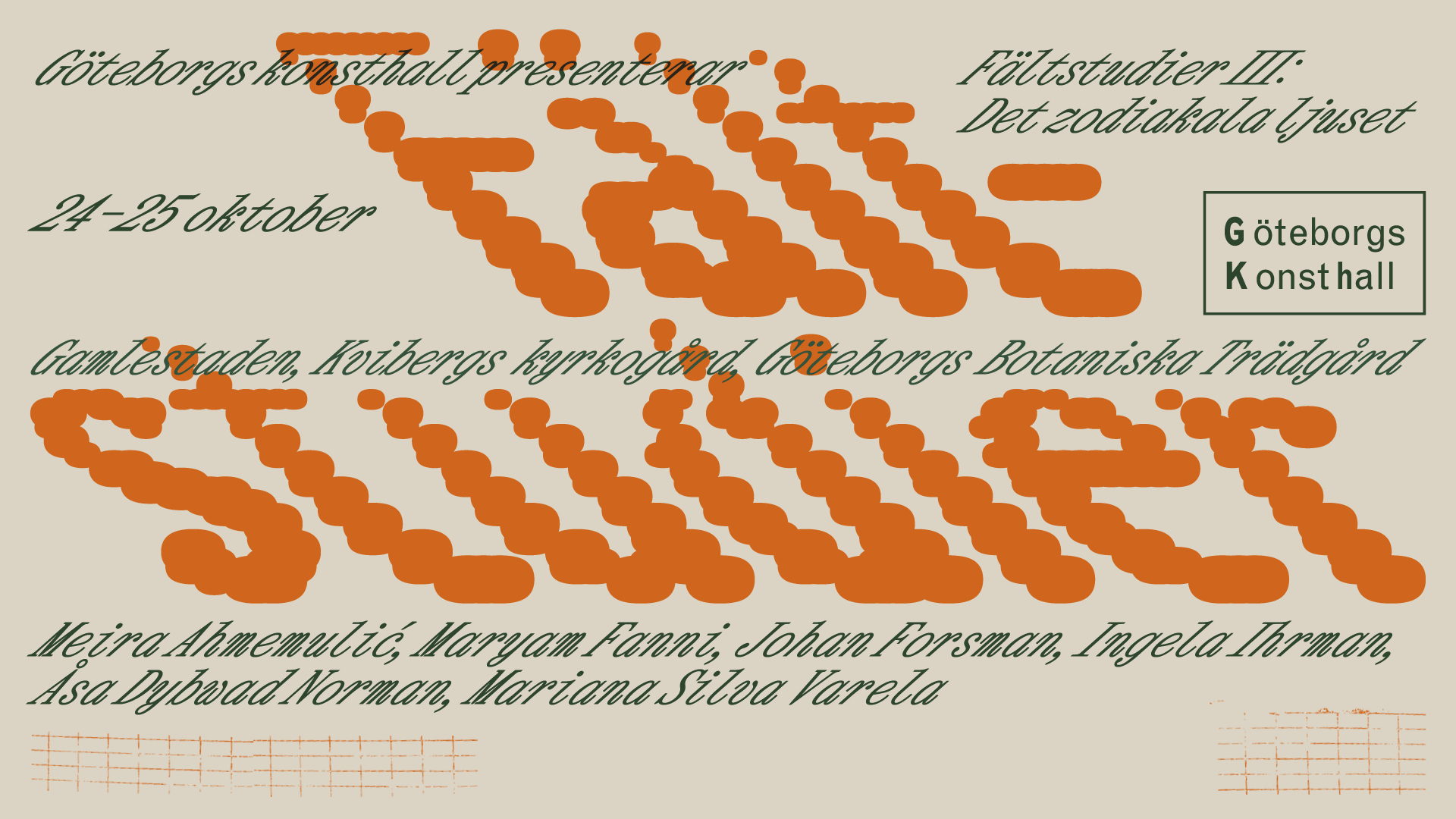
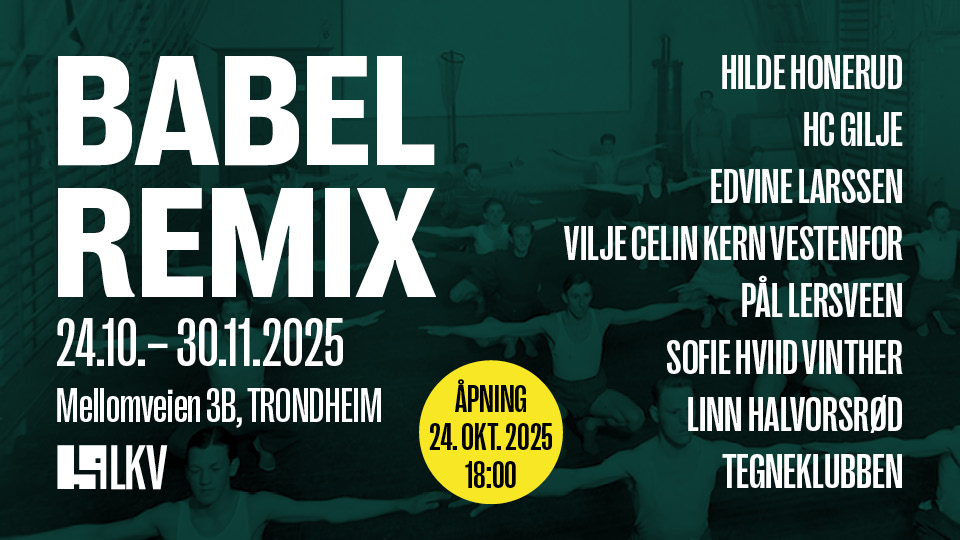
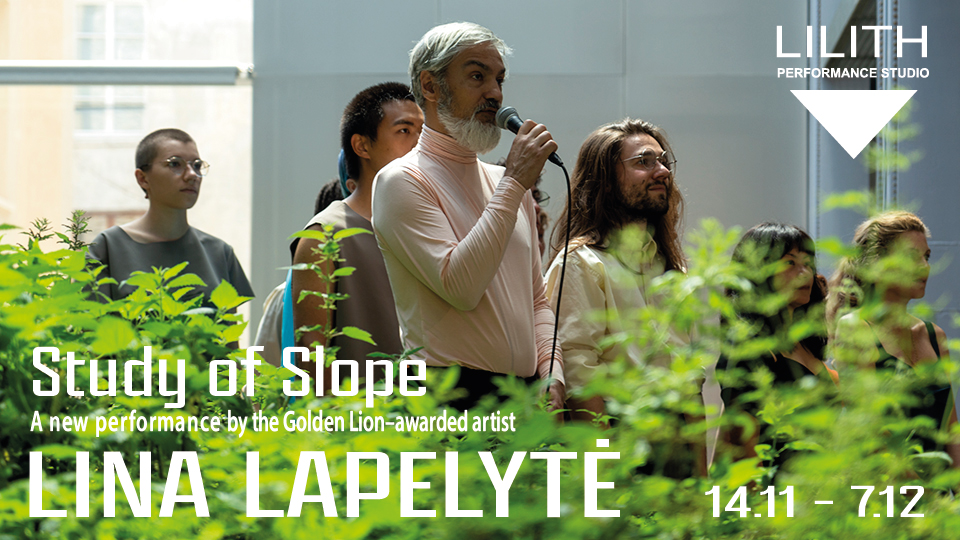
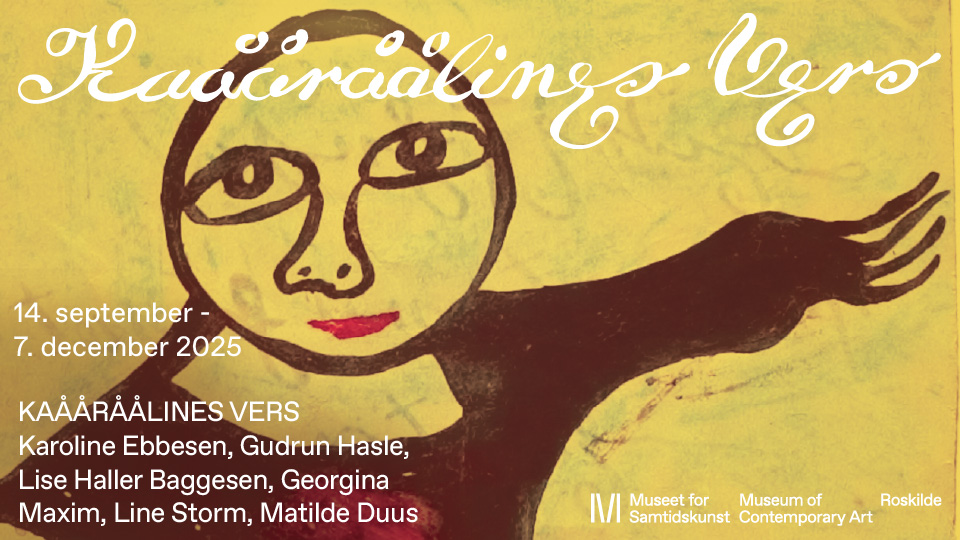
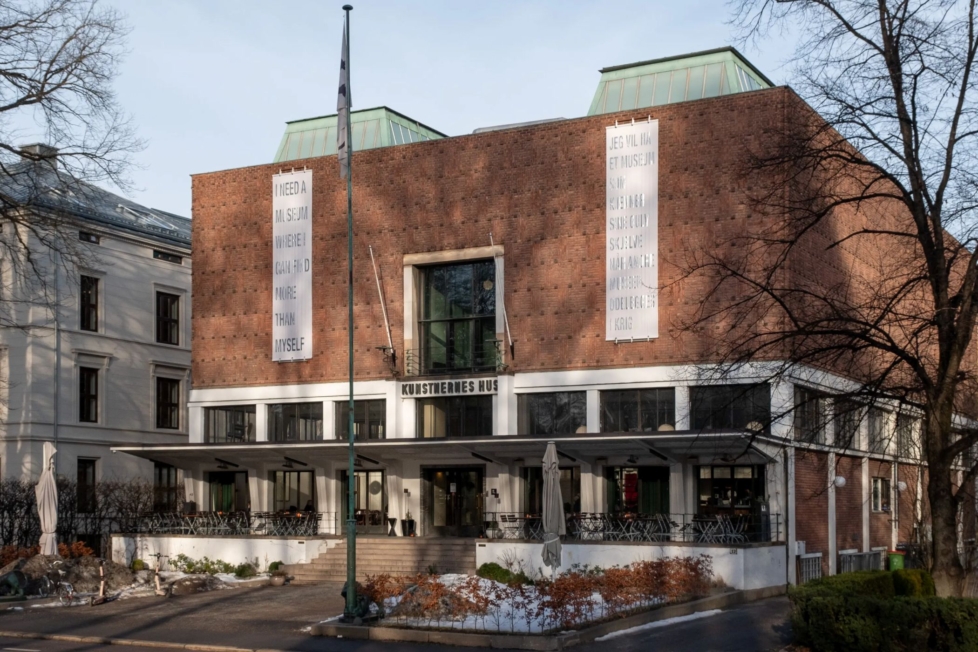
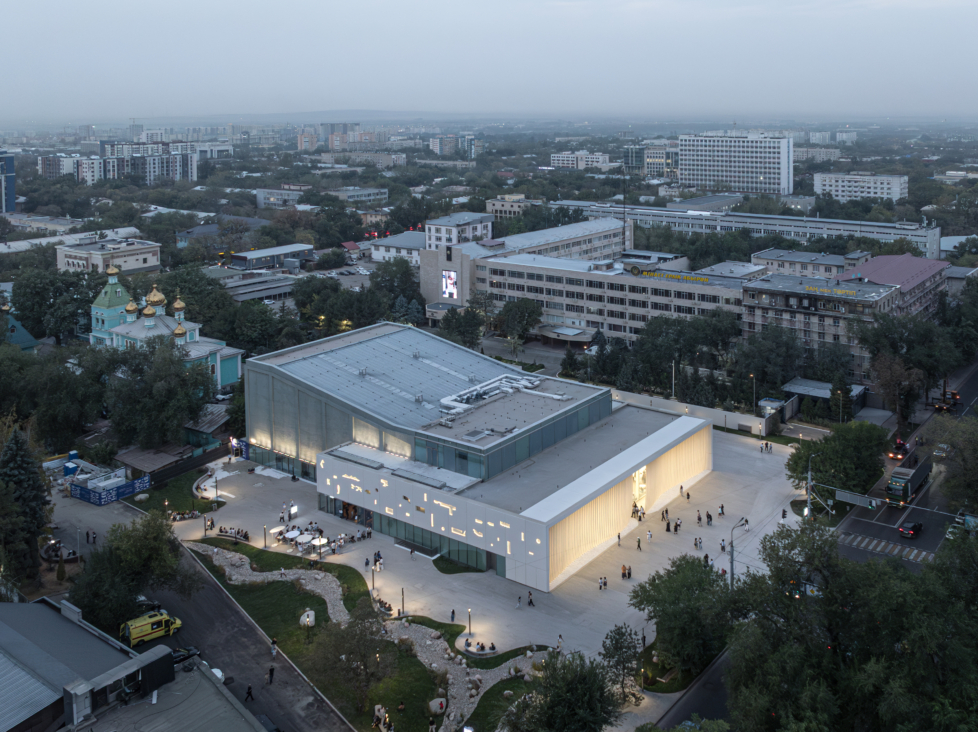
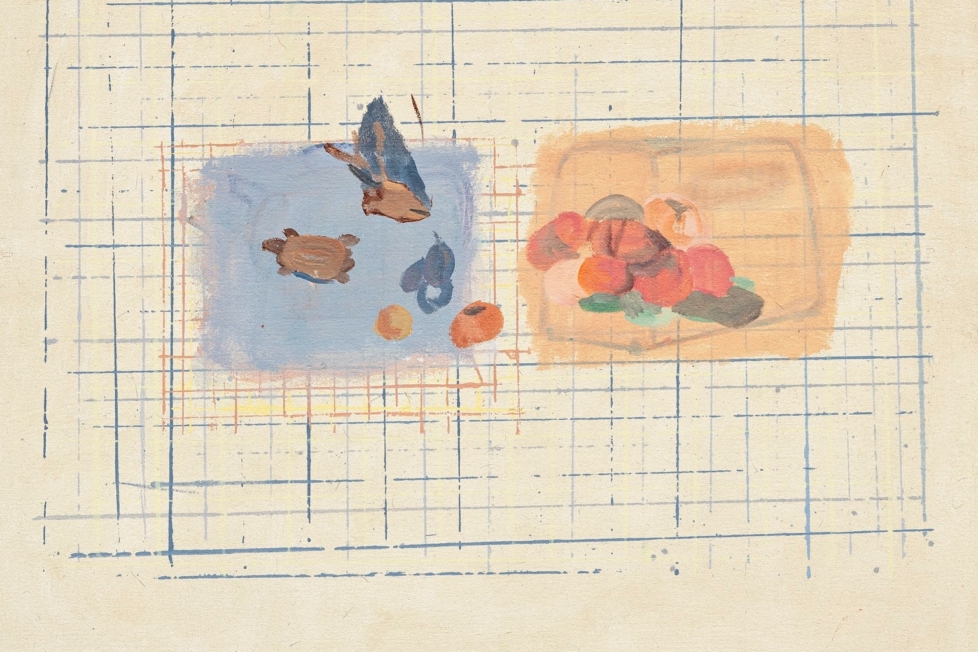
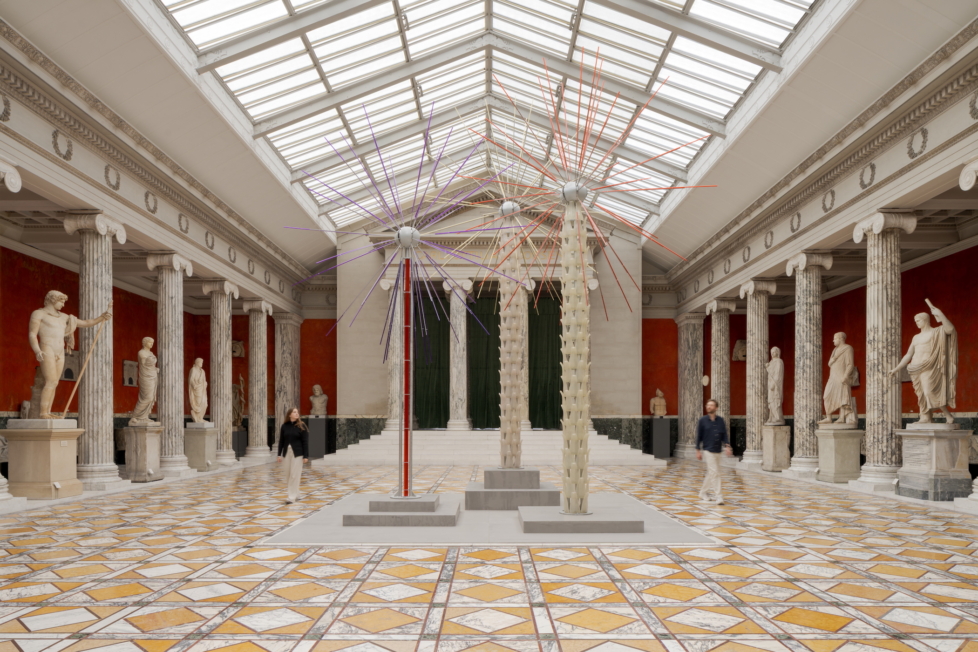
Mark Sladen built a fantastic program at Kunsthall Charlottenborg bringing cutting edge art to Danmark and drawing international attention to an otherwise relatively insular art scene. He did this under less than optimal conditions during his short tenure. Unfortunatley, a lack of vision from the cultural ministry, small-minded number crunching and succumbing to pressure from officials has led a series of dumb downsizing decisions. I completely understand Mark Sladen’s decision to leave. All I can say is, ”Thank you Mr. Sladen for your exceptional contribution to art and culture in Denmark. You will be missed!!”
Måake er det hele for ungt